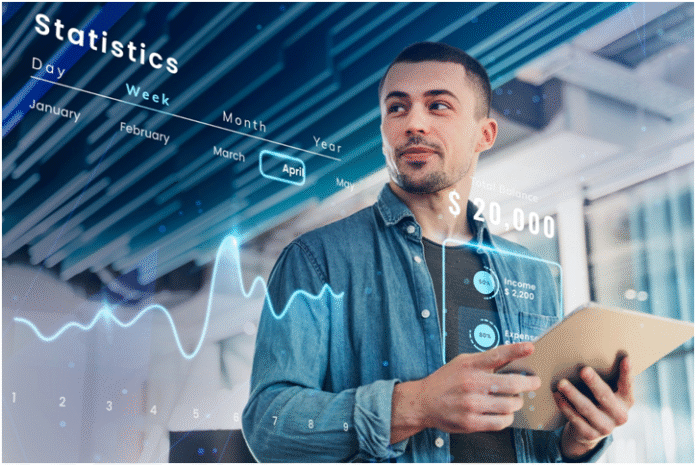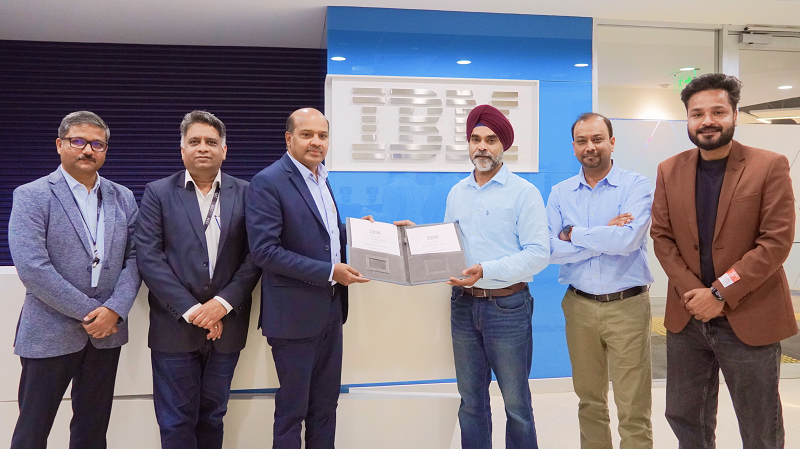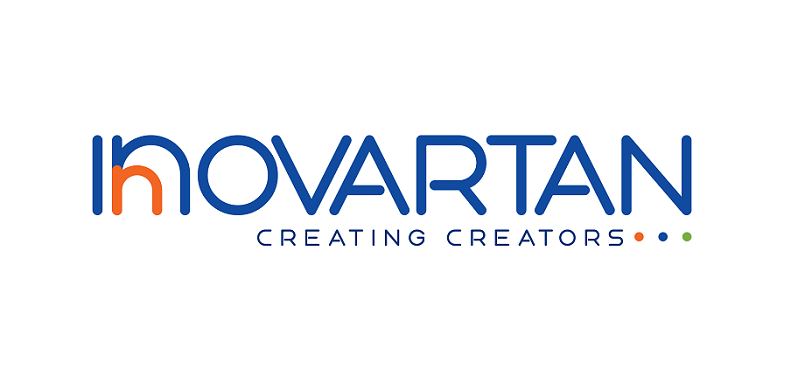Technology innovation, particularly Big Data in education and analytics, has led to an acceleration of change in the field of education. Big Data tools and analytics platforms offer strong insights into learning practices, student performance, and instructional effectiveness.
Education analyticsis becoming a key remedy as organizations are under increasing pressure to remain competitive. Big data’s increasing influence is demonstrated by the projection that its value in the education sector will reach $36.12 billion by 2027. In this blog, we will examine how data-driven teaching practices are improving student performance and facilitating individualized instruction in schools, colleges and universities.
Understanding Big Data and Analytics in Education
Traditional education faces big challenges. Many students are disengaged, and teachers often don’t know why or how to help. The world has become faster and more personalized, but schools haven’t kept up.
Old teaching methods expect all students to learn the same way and at the same pace. But students are different: some fall behind, others are ahead, and many learn better in different ways. These gaps often go unnoticed until it’s too late to help effectively.
The solution? Switch from a reactive to a proactive approach using education analytics. With real-time data, schools can spot issues early, support students better, improve teaching, and use resources wisely. This is how big data in educationcan transform learning for today’s needs.
Benefits of Big Data Analytics in Education
Identifying a problem in the learning process is solely the first step to overcoming it. However, the role of academic performance analytics in education goes far beyond tracking outcomes and engagement parameters. It provides you with actionable insights to help shape customized learning experiences and ensure efficient resource allocation.
Here are some effective ways you can use learning analytics to modernize your education systems and the benefits you can expect:
Enables Adaptive and Personalized Learning
Machine learning assists in exposing student strengths and weaknesses. This way, students will obtain customized lessons to help them progress at their own speed. Adaptive learning platforms will provide targeted resources for each student. As a result, a personalized learning path is achieved based on each student’s requirements.
Improves Engagement and Retention
The students will be more motivated to engage with the content with tailored learning paths. On top of it, this improves their retention as well as learning outcomes. So, your students will want to learn more and be able to remember and apply as much as they can learn. This forms the basis of student and school success.
Streamlines Curriculum Development
With deep insights into performance trends and growing student needs, you can create a detailed approach to curriculum development. In this way, your courses will stay relevant and practical for each student.
Optimizes resource use
Using data analytics in education helps your institution distribute resources where they are most needed, including teacher time, technology, and materials. For example, if students are struggling with algebra, you can devote more teacher time and tools to this particular area.
Enables Proactive Interventions
Early problem detection helps a school identify and support struggling students, improving engagement and retention rates. So, fewer students will drop out, and all of them will feel supported in each step of their educational journey.
Empowers Collaboration and Continual Improvement
Big data analytics in higher education sparks collaboration among teachers, administrators, and students. When you share learning depths with everyone involved, you drive continual improvement through shared goals.
Smoothens Processes
You can handle complicated administrative tasks with the aid of big data analytics for schools. This covers scheduling, resource planning, and enrolment management. Your institution can guarantee efficient operations and high employee and student satisfaction by automating repetitive tasks.
As a result, your procedures will function efficiently, and your employees and students will feel empowered to aim higher rather than feeling overburdened by the administration.
Tools and Technologies Making It Happen
In the field of education, a variety of big data analytics tools and platforms are widely used. Real-time reporting, predictive analytics, and data visualization are just a few of the features that these tools provide.
Learning Management Systems (LMS)
Analytics are integrated into learning management systems (LMS) to track student performance and engagement. All facets of the learning process can be managed centrally with the help of these systems.
Student Information Systems (SIS)
Comprehensive student data is gathered and analyzed by Student Information Systems (SIS). These systems keep tabs on attendance, academic records, and other crucial data.
Platforms for Specialized Analytics
Provide cutting-edge features designed specifically for educational establishments. These platforms offer strong analytics features that let organizations glean more profound insights from their data.
Combining Current Technologies
A Smooth Experience
For a more unified system, integrate data analytics tools with the current SIS and LMS. This guarantees that all information is available from a single platform, which facilitates management and analysis.
Increased Effectiveness
Make faster, better-informed decisions by improving data accuracy and insight accessibility. Institutions can optimize the value of their data by combining these tools.For educational institutions hoping to successfully use data analytics, these tools and technologies are crucial.
Future Trends in Data Analytics for Education
EdTech trends are driving smarter, data-powered learning and decision-making in education
AI and Predictive Analytics
- Better Insights: AI can forecast student achievement and assist educators in providing assistance before issues emerge.
- Improved Planning: Data can be used by schools to make plans for upcoming requirements and difficulties.
Big Data and IoT (Internet of Things)
- Additional Data Gathering: Smart devices and big data can track behavior and learning environments in addition to grades.
- Deeper Analysis: Schools can gain a better understanding of student and school performance by analyzing vast amounts of data.
New Technologies
- AR/VR in Education: When paired with data, virtual and augmented reality can enhance learning and make it more engaging.
- New Tools: Academic records could be safely shared and stored with the use of blockchain technology.
Conclusion
Educators and institutions are realizing the immense potential of big data in education. It is transforming all areas of modern education. Starting from enrollment and administrative tasks, it can optimize resource use and automate workflows. These strategies enable the creation of scalable, data-driven platforms that enhance learning outcomes, drive engagement, and support educators with predictive, actionable intelligence.
Partner with an edtech software solutions company to harness the full potential of big data in education. If you are looking to implement student performance tracking, enhance learning analytics, or optimize academic performance analytics, the time to act is now.








